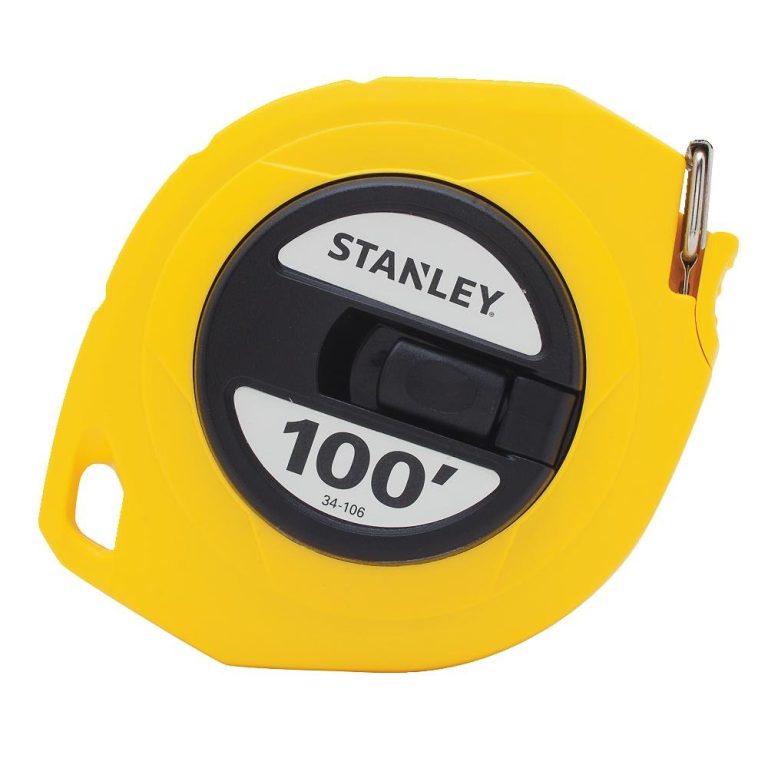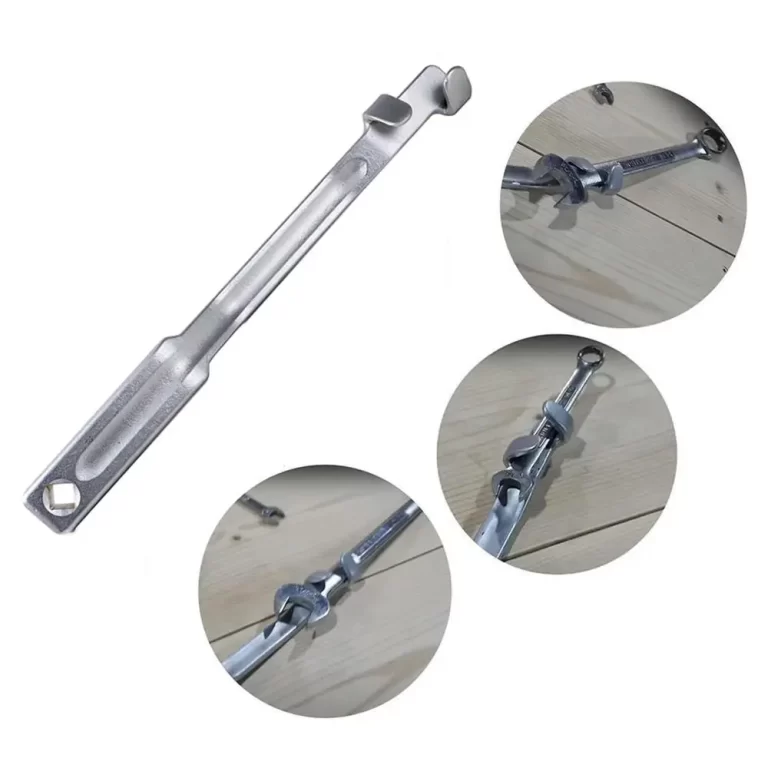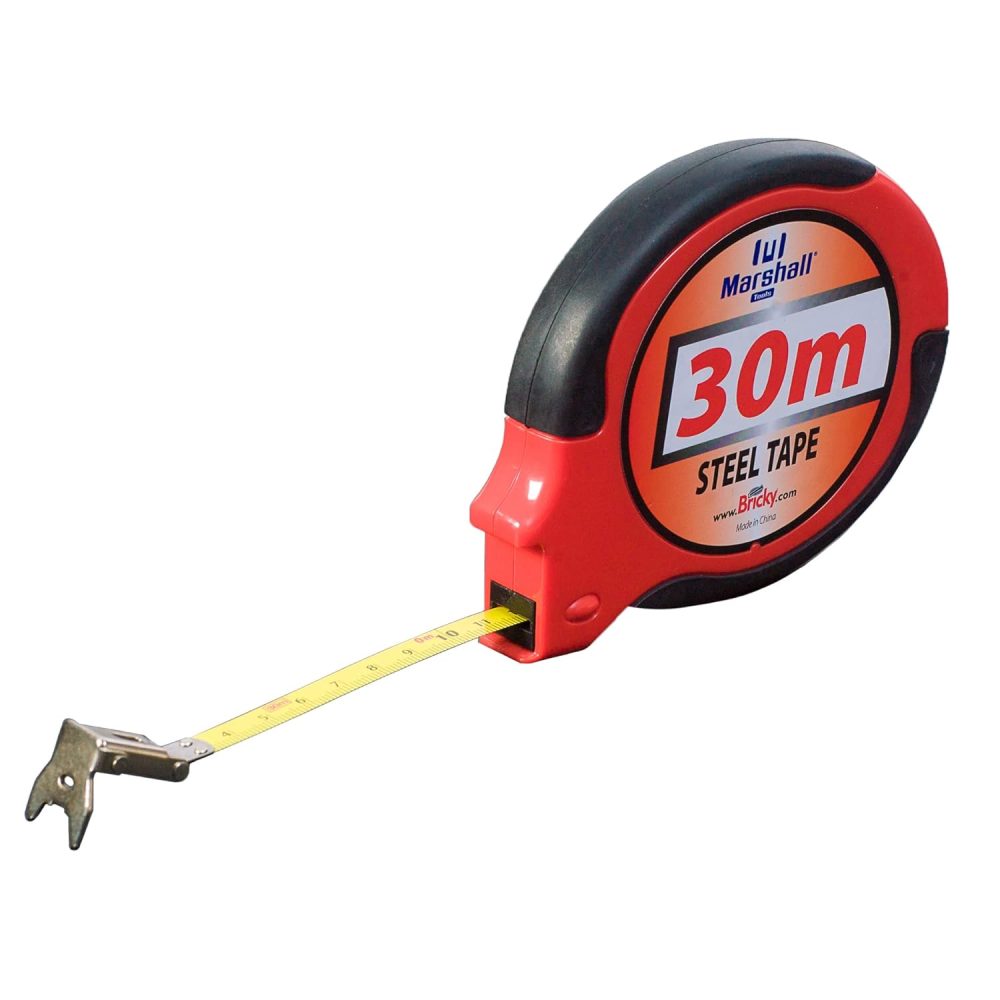
Where is 5/8 on a Tape Measure? Understanding Tape Measures
Accurate measurements are crucial in various projects, whether you’re a professional contractor, a DIY enthusiast, or simply tackling a home improvement task. Understanding where is 5/8 on a tape measure can make a significant difference in ensuring precision and avoiding common measurement errors. This guide will walk you through locating the 5/8-inch mark on a tape measure, converting it to other units, avoiding common mistakes, and applying this knowledge effectively in practical scenarios.
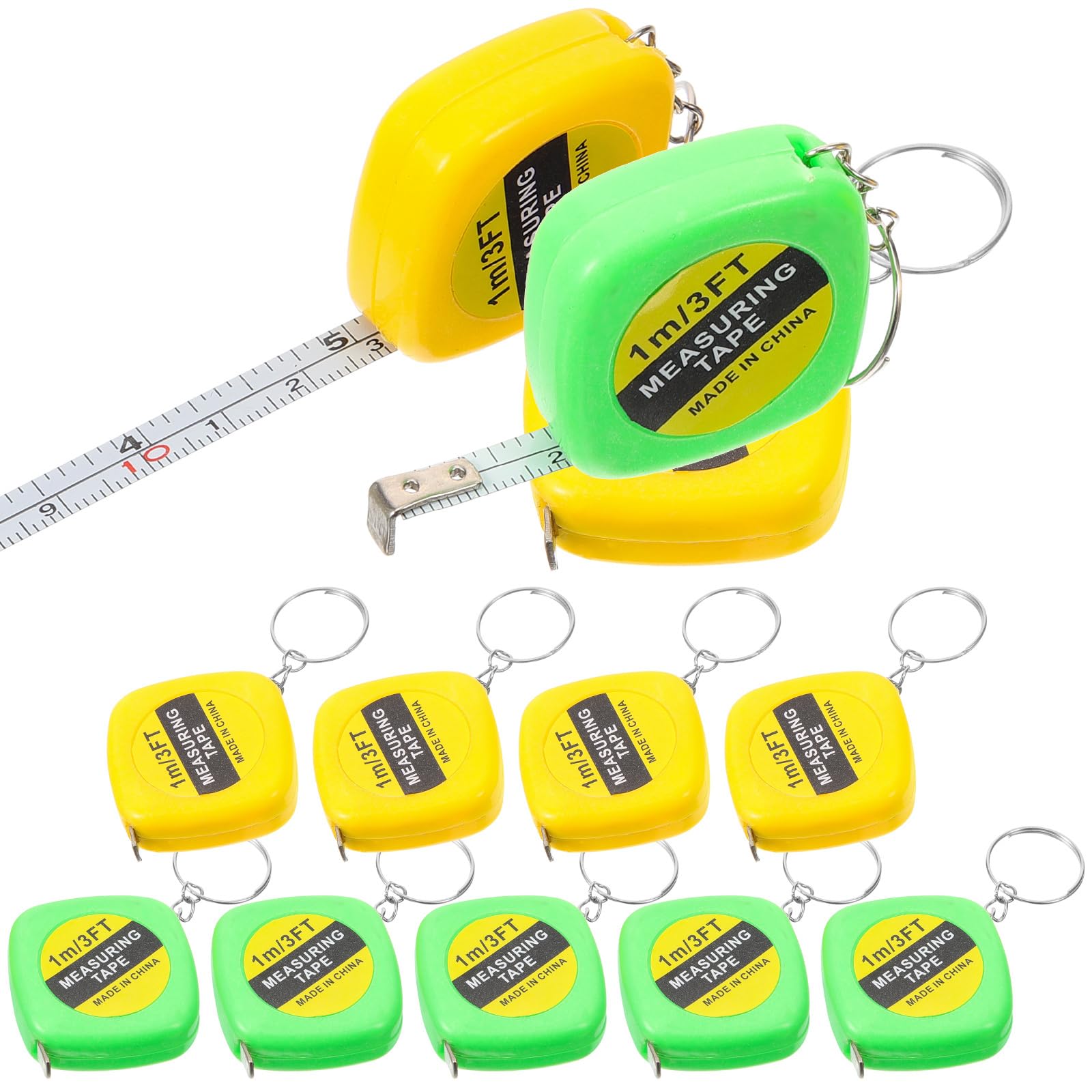 Understanding Tape Measure Markings
Understanding Tape Measure Markings
Before diving into the specifics of finding the 5/8-inch mark, it’s essential to understand the general layout of a typical tape measure. This knowledge forms the foundation for accurate measurements.
The Basics of a Tape Measure
A standard tape measure features a series of markings that indicate inches and their subdivisions. Each inch is divided into fractions to provide more precise measurements. The primary markings include:
- Whole Inches: These are the largest and boldest markings on the tape measure, usually accompanied by numbers.
- Half-Inches (1/2): Slightly shorter than whole inches, these marks help divide each inch into two equal parts.
- Quarter-Inches (1/4 and 3/4): These smaller lines divide each inch into four equal sections.
- Eighth-Inches (1/8, 3/8, 5/8, and 7/8): Even finer divisions allow for more precise measurements within an inch.
Why 5/8 Inch Matters
The 5/8-inch mark is particularly important in various applications, such as woodworking, drywall installation, and framing. Knowing where is 5/8 on a tape measure ensures that you can make precise cuts and measurements, which are essential for the integrity and finish of your projects.
Locating 5/8 on a Tape Measure
Identifying the exact position of the 5/8-inch mark on your tape measure is straightforward once you understand the layout.
Step-by-Step Guide to Finding 5/8 Inch
- Identify the Whole Inch: Start by locating the nearest whole inch mark on the tape measure.
- Count the Subdivisions: Between each whole inch, there are smaller markings representing fractions of an inch. Specifically, between 1/2 inch (4/8) and 3/4 inch (6/8), look for the shortcut that represents 5/8.
- Look for the Longer Mark: The 5/8-inch mark is often indicated by a slightly longer line compared to other subdivisions. This distinct mark makes it easier to identify quickly.
Visual Cues for 5/8 Inch
Typically, the 5/8-inch mark is denoted by a longer and more prominent line. Additionally, some tape measures use color-coding or different shapes to highlight key measurements, including the 5/8-inch mark. Paying attention to these visual cues can enhance accuracy and speed.
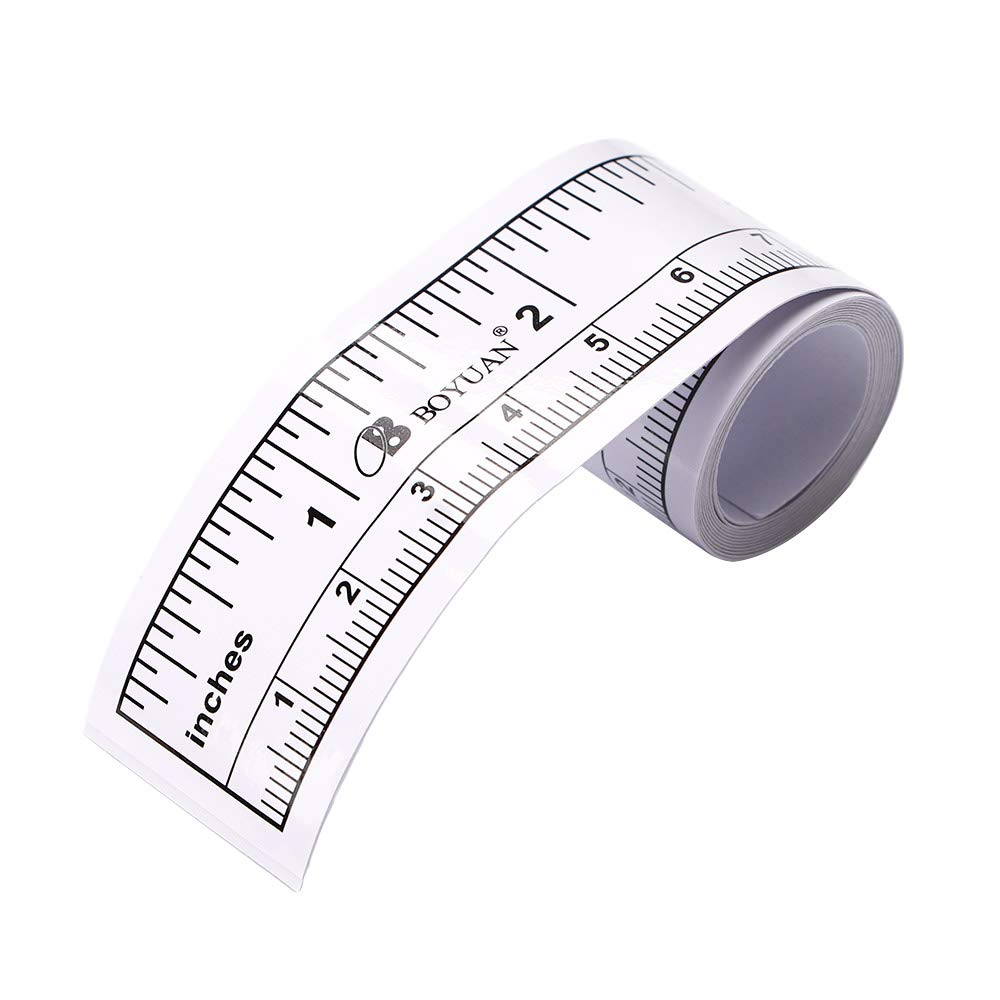 Converting 5/8 Inch to Other Units
Converting 5/8 Inch to Other Units
Understanding how to convert 5/8 inch to decimal and metric units is invaluable, especially when working with international standards or specific project requirements.
The Decimal Equivalent
5/8 inch can be converted to its decimal form by dividing the numerator by the denominator:
5/8=0.625
Thus, 5/8 inch is equivalent to 0.625 inches in decimal form. This conversion is particularly useful for calculations and when using digital measuring tools that display measurements in decimals.
Metric Conversion
For those who work with the metric system, converting 5/8 inch to centimeters and millimeters is essential. The conversion factors are as follows:
- 1 inch = 2.54 centimeters
- 1 inch = 25.4 millimeters
Using these conversions:
5/8 inch=0.625 inch×2.54 cm/inch≈1.5875 cm
5/8 inch=0.625 inch×25.4 mm/inch≈15.875 mm
Therefore, 5/8 inch is approximately 1.588 centimeters or 15.875 millimeters.
Practical Applications of Conversion
Converting 5/8 inch to other units is crucial in various scenarios. For instance, when purchasing materials from international suppliers, you might need to convert measurements to ensure compatibility. Additionally, digital tools and software that require decimal inputs benefit from understanding these conversions.
Common Mistakes When Locating 5/8 Inch
Even with a clear understanding, errors can occur when trying to find where is 5/8 on a tape measure. Recognizing and avoiding these common mistakes can enhance measurement accuracy.
Confusing Similar Fractions
One frequent error is mistaking 5/8 inch for other similar fractions, such as 9/16 or 11/16 inch. These fractions appear close to 5/8 inch but require recognition to distinguish accurately.
Misreading the Tape Measure’s Orientation
Another common mistake is misreading the tape measure’s orientation. Ensuring that you are reading from the correct end and at the proper angle is essential for accurate measurements.
Ignoring the Hook Offset
Most tape measures have a small offset at the hook end to account for the thickness of the material being measured. Overlooking this offset can lead to slight inaccuracies, especially when measuring shorter distances.
Tips to Avoid Mistakes
- Double-Check Your Counting: Always verify the number of subdivisions between inches to ensure you’re identifying the correct fraction.
- Use Visual Aids: Incorporate color-coded marks or highlight the 5/8-inch mark with a marker for easier identification.
- Practice Regularly: Frequent use of your tape measure helps familiarize you with the markings, reducing the likelihood of errors.
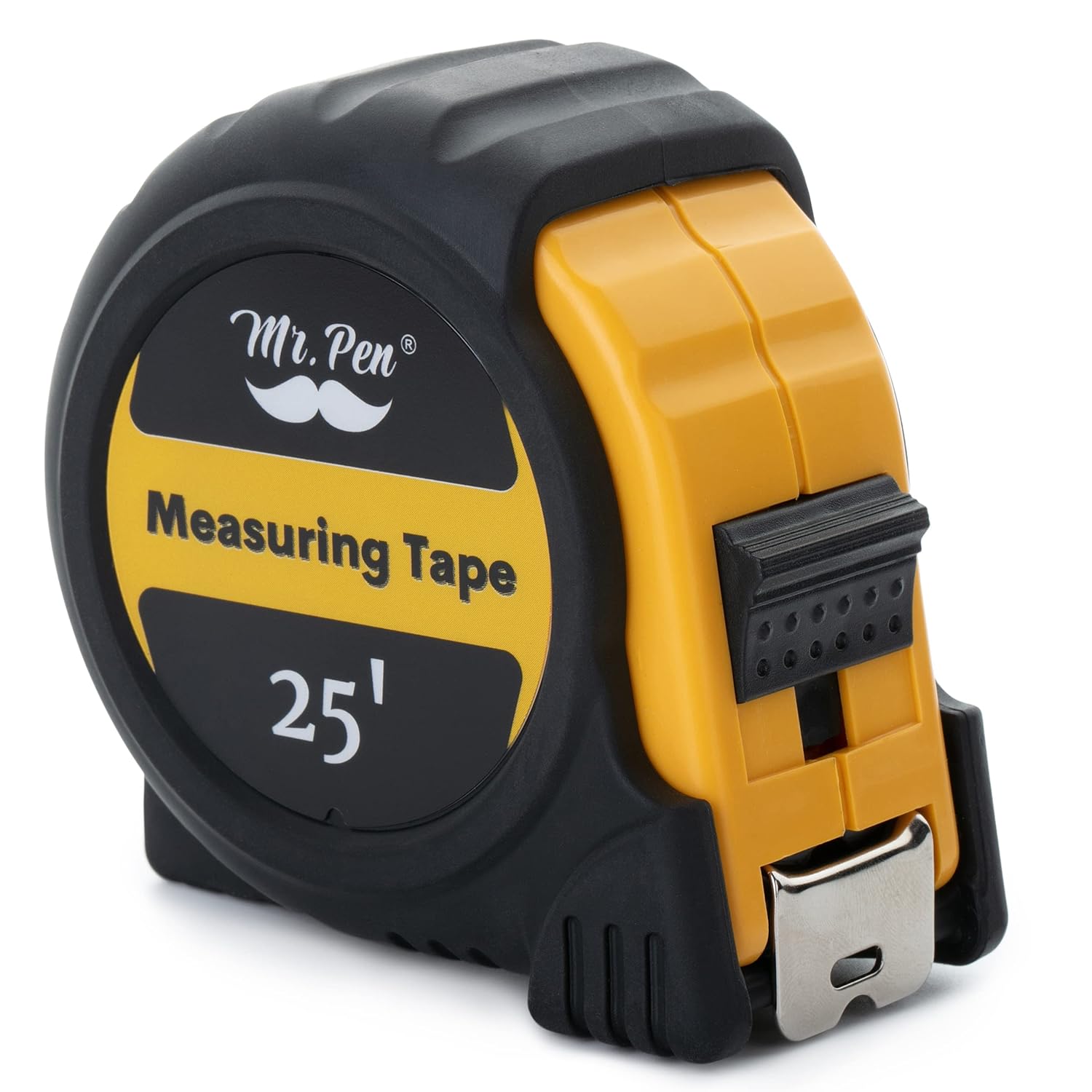 Practical Applications of 5/8 Inch Measurements
Practical Applications of 5/8 Inch Measurements
Understanding where is 5/8 on a tape measure is not just theoretical; it has practical implications in various fields.
Woodworking
In woodworking, precision is paramount. The 5/8-inch mark is often used when making fine cuts or when working with specific joinery techniques. For example, when creating dovetail joints, accurate measurements ensure tight and aesthetically pleasing connections.
Drywall Installation
During drywall installation, measuring 5/8 inch can help in spacing out screws or nails to ensure even distribution and secure fastening. This precision prevents sagging and contributes to a smooth finish.
Framing and Carpentry
In framing and carpentry, precise measurements are critical for structural integrity. Using the 5/8-inch mark ensures that beams and supports are correctly aligned, which is essential for the stability of the structure.
Crafting and DIY Projects
For smaller projects, such as crafting or DIY home improvements, knowing where 5/8 inch lies on a tape measure helps in making accurate measurements for components like shelves, picture frames, or custom furniture pieces.
Enhancing Visibility of the 5/8 Inch Mark
Sometimes, locating 5/8 inch on a tape measure can be challenging due to similar markings or poor visibility. Employ these tools and techniques to enhance clarity.
Use of Magnifying Tools
Incorporating a magnifying glass or using a tape measure with enlarged markings can make the 5/8-inch mark more visible. This is especially helpful for detailed work where precision is essential.
High-Contrast Markings
Some tape measures feature high-contrast markings, such as dark lines on a light background or vice versa. These enhanced markings make it easier to distinguish the 5/8-inch mark from other fractions.
Color-Coded Tape Measures
Tape measures with color-coded markings can significantly improve visibility. For instance, having a different color for every half-inch or quarter-inch can help you quickly identify the 5/8-inch mark without confusion.
Adjustable Lighting
Working in well-lit areas or using portable lighting can illuminate the tape measure’s markings, making the 5/8-inch mark easier to locate. Avoid shadows and reflections that might obscure the measurements.
Advanced Techniques for Accurate Measurement
To further ensure precision when identifying where is 5/8 on a tape measure, consider these advanced techniques.
Anchoring the Tape Measure
Securing the tape measure to a stable point prevents movement and sagging, which can distort measurements. Use a tape measure anchor or a fixed object to hold one end firmly in place while measuring.
Utilizing a Square Tool
Using a square tool in conjunction with your tape measure can help verify that your measurements are at the correct angle, ensuring that the 5/8-inch mark is accurately aligned with your project’s requirements.
Marking Key Points
For repetitive measurements, mark the 5/8-inch point with a small piece of tape or a marker. This practice allows for quick reference and reduces the need to repeatedly search for the mark on the tape measure.
Regular Calibration
Ensure your tape measure remains accurate by regularly checking and calibrating it against known measurements. This maintenance step helps maintain the precision of the 5/8-inch mark and other measurements.
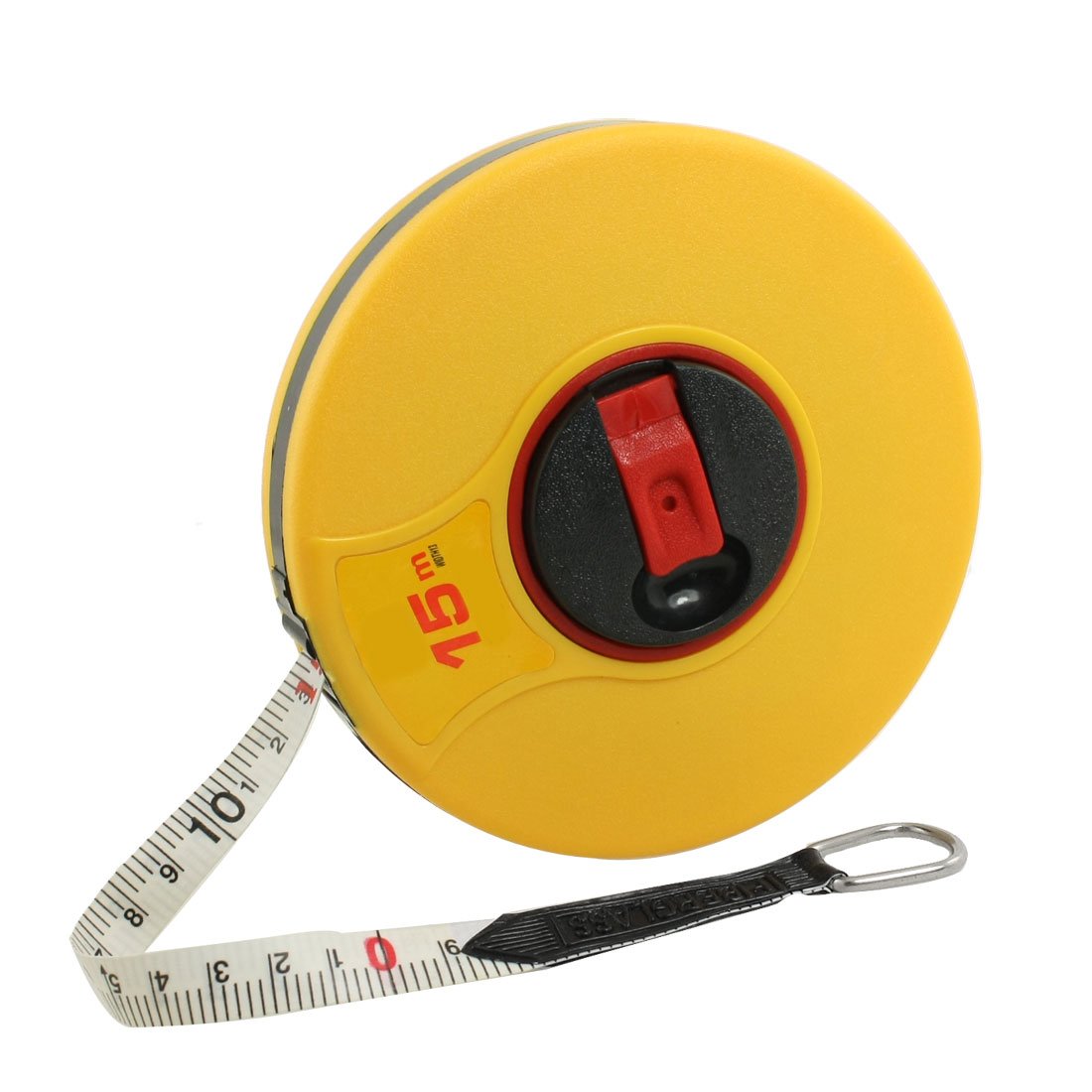 Tools and Accessories to Aid Measurement
Tools and Accessories to Aid Measurement
Several tools and accessories can complement your tape measure, enhancing the ease of locating and using the 5/8-inch mark.
Tape Measure Cases with Light
Some tape measure cases come equipped with built-in lights that illuminate the markings, making the 5/8-inch mark more visible in low-light conditions.
Digital Tape Measures
Digital tape measures display measurements on a screen, allowing for easier reading of fractions like 5/8 inch. These modern tools can eliminate the guesswork associated with traditional tape measures.
Extension Tools
Extension tools attach to your tape measure, providing additional length and stability when measuring long distances. These tools help keep the tape taut, ensuring the 5/8-inch mark remains clear and accurate.
Magnetic Hooks
Magnetic hooks can help anchor the tape measure to metal surfaces, preventing it from slipping and ensuring that the 5/8-inch mark stays aligned during measurement.
Comparing Tape Measure Brands
Different brands offer various features that can make locating and using the 5/8-inch mark easier. Here are some top brands to consider:
Stanley
Stanley tape measures are renowned for their durability and precise markings. Many models feature color-coded measurements and reinforced hooks, making it easier to find the 5/8-inch mark quickly.
Komelon
Komelon offers tape measures with high-visibility markings and innovative locking mechanisms. Their tape measures often include standout features like diamond break points and easy-to-read scales.
Milwaukee
Milwaukee tape measures are designed for heavy-duty use, featuring strong, resistant blades and clear, detailed markings. These qualities ensure that the 5/8-inch mark remains accurate and easy to read in demanding environments.
DeWalt
DeWalt tape measures prioritize precision and durability, making them ideal for professional use. Their models often include features like standout tape and robust construction, enhancing the reliability of measurements, including the 5/8-inch mark.
Maintenance Tips for Longevity
Proper maintenance of your tape measure ensures that the 5/8-inch mark and other measurements remain accurate over time.
Regular Cleaning
After each use, clean your tape measure with a dry cloth to remove dust and debris. For persistent dirt, use a damp cloth with mild soap, ensuring the tape measure is thoroughly dried afterward to prevent rust.
Safe Storage
Store your tape measure in a dry, safe place away from extreme temperatures and moisture. Using a protective case or holder can prevent damage to the blade and locking mechanism, preserving the accuracy of the 5/8-inch mark.
Avoid Overextension
Avoid pulling the tape measure beyond its intended length, as this can cause the blade to bend or kink, distorting the measurements. Always retract the tape carefully after use to maintain its integrity.
Inspect for Damage
Regularly inspect your tape measure for signs of wear and tear, such as bent hooks or stretched blades. Addressing these issues promptly helps maintain the accuracy of the 5/8-inch mark and overall measurement reliability.
 Enhancing Measurement Skills
Enhancing Measurement Skills
Beyond understanding where is 5/8 on a tape measure, enhancing your overall measurement skills can lead to greater precision and efficiency in your projects.
Practice Regularly
Frequent use of your tape measure helps familiarize you with its markings and improves your ability to take quick and accurate measurements. Incorporate measurement tasks into your daily routine to build confidence and proficiency.
Learn Proper Techniques
Mastering proper measurement techniques ensures that you consistently obtain accurate results. Learn how to anchor the tape measure correctly, minimize sag, and read measurements at eye level to avoid parallax errors.
Utilize Supporting Tools
Complement your tape measure with other tools like measuring wheels, laser distance meters, and digital apps. These tools can provide alternative methods for achieving precision, especially for complex or large-scale measurements.
Stay Updated with Innovations
Keep abreast of the latest advancements in measuring technology. Innovations such as digital displays, Bluetooth connectivity, and laser guides can significantly enhance your measurement accuracy and efficiency.
Conclusion: Mastering Where Is 5/8 on a Tape Measure
Understanding where is 5/8 on a tape measure is fundamental to achieving precision in various projects. By familiarizing yourself with the layout of your tape measure, employing conversion techniques, avoiding common mistakes, and applying practical tips, you can enhance your measurement accuracy and efficiency. Whether you’re involved in woodworking, construction, or home improvement, mastering the 5/8-inch mark empowers you to execute your projects with confidence and reliability.
Embrace these strategies and incorporate them into your measurement routine. With this comprehensive guide, locating the 5/8-inch mark on a tape measure becomes second nature, ensuring that your measurements are always precise and your projects are completed to the highest standard.
